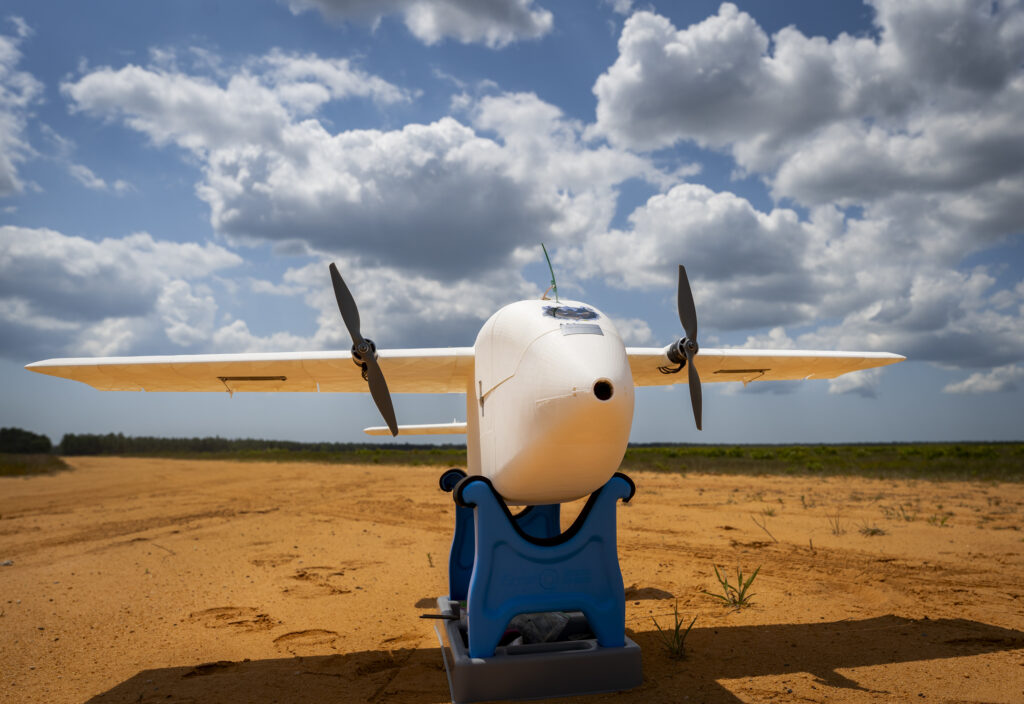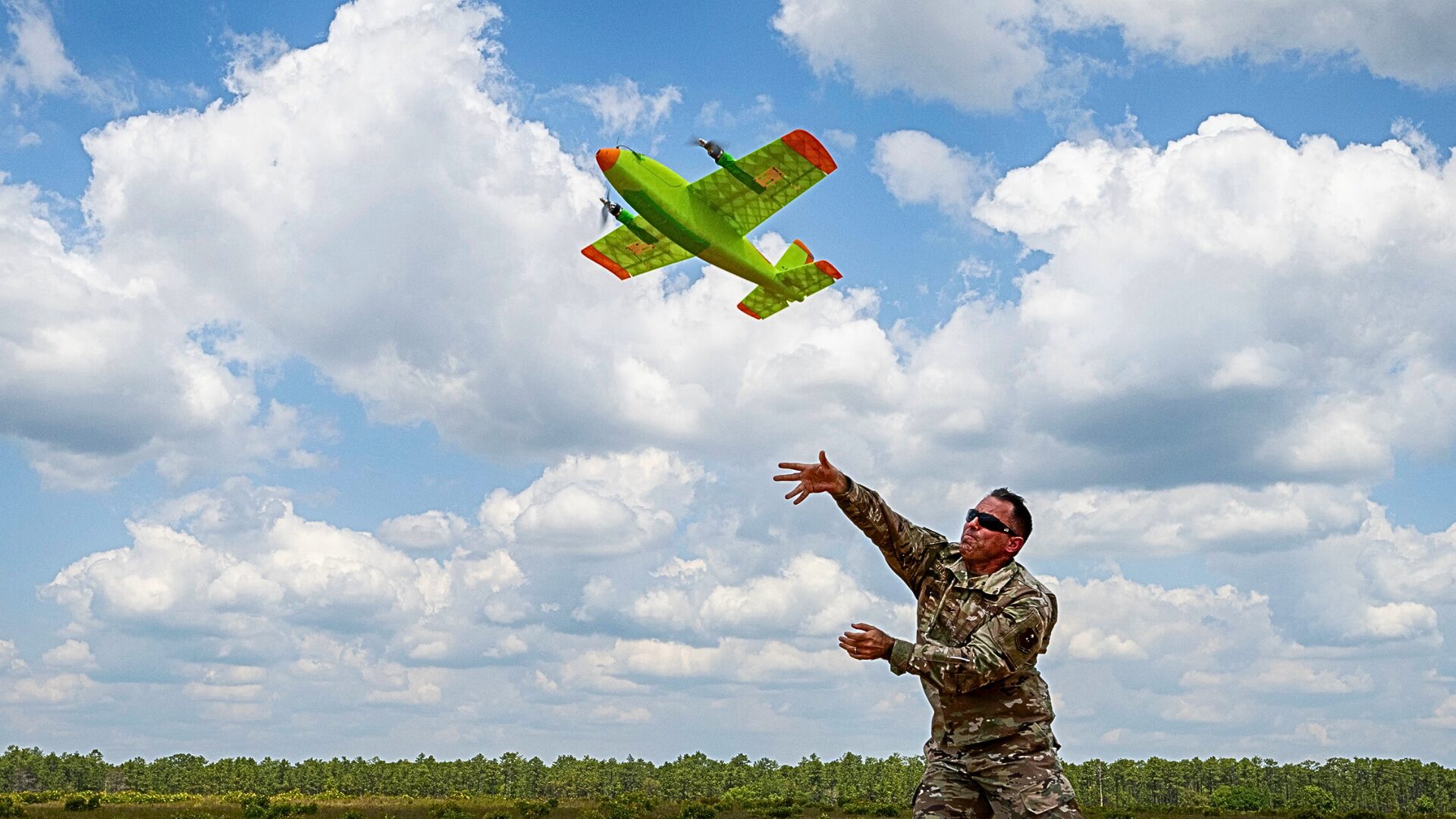The United States Air Force has developed mini combat drones using 3D printers. These armed devices should be able to be manufactured, assembled and deployed within a day.
The United States is learning lessons from the war between Russia and Ukraine. In a statement published on May 2, 2024, the American Air Force has highlighted tests of lightweight, armed and rapidly deployable drones. The Pentagon has set up a group called Blue Horizons, made up of military teams and startups to develop new machines, more adapted to current conflict conditions.
Advertisement
One of the successes of this project, according to the American army, would be a series of 3D printed drones. The entire process to manufacture, assemble and deploy six devices took 22 and a half hours. The total weight of these mini drones is approximately 3.6 kg, excluding “payloads”. The army actually wanted to equip these drones with explosives, without specifying the type of ammunition. The drone fuselage would cost no less than $50 per reprint.
All the machines were then tested in different conditions. The US Air Force indicates that the tests have been concluded, despite a few “accidents”. The explosive charge and electronic equipment were not affected.

Combat drones tested at sea
“ Small drones become a new combat capability », Rejoices Colonel Dustin Thomas in the press release. “ We took a big risk this week flying so many new devices, but the drones are built from commercially available items. Financial investment is low », puts Lieutenant-Colonel Peter Dyrud into perspective.
The 3D printed drones were tested at sea in Southeast Asia before being tested in Florida. Much technical information was kept confidential by the military.
Advertisement
Drones can be launched into the air directly by a soldier. The machine only measures one meter in wingspan and should be intended for rapid reconnaissance or attack missions, like the devices we saw on the front in Ukraine.
